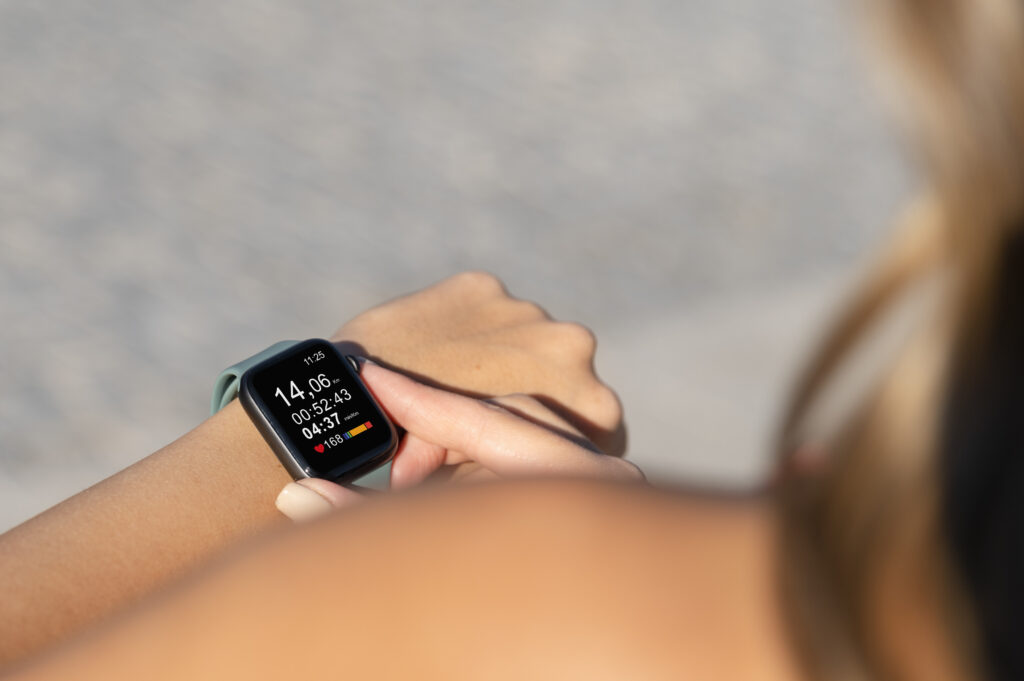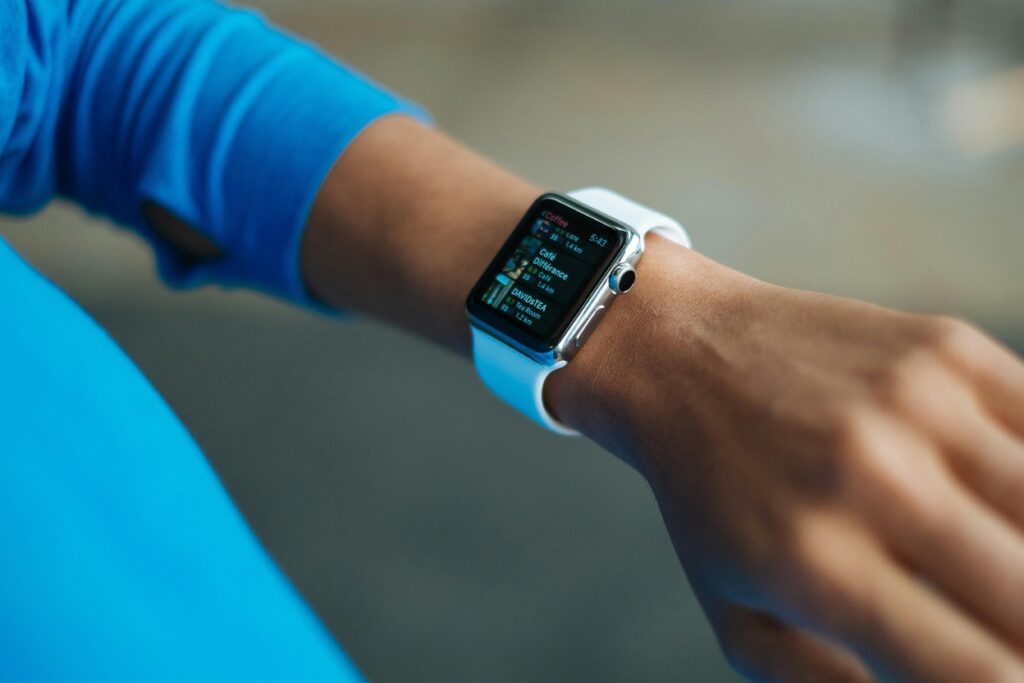Smartwatches are rapidly becoming the centerpiece of wearable technology. This article explores how smartwatches are evolving beyond fitness tracking to offer advanced health monitoring, AI-powered personalization, and seamless integration with smart home ecosystems.
Smartwatches are evolving into digital health companions, not just smart accessories.
Arsene Tuye
A New Era in Wearable Technology
Wearable technology has come a long way since the early days of fitness bands and step counters. Today, smartwatches sit at the center of the wearable tech revolution, blending health monitoring, productivity tools, and connectivity into a sleek device on your wrist.
With global demand rising and innovations accelerating, the question becomes more relevant than ever: Are smartwatches the future of wearable devices? Let’s explore the features, trends, and emerging technologies that are positioning smartwatches as the leaders in the wearable space.

1. Smartwatches Go Beyond Timekeeping
Gone are the days when watches were simply used to tell time. Modern smartwatches like the Apple Watch Series 10, Samsung Galaxy Watch 7, and Garmin Venu 3 offer:
- Real-time health monitoring (heart rate, SpO2, ECG)
- Sleep tracking and stress analysis
- GPS navigation and fitness tracking
- Call, text, and app notifications
- Contactless payment options
These capabilities make smartwatches an indispensable extension of your smartphone — and in many cases, a stand-alone digital assistant.
2. Health & Wellness: The Biggest Game-Changer
The real edge of smartwatches lies in healthcare and wellness. In 2025, smartwatch technology continues to push boundaries by introducing:
- Blood pressure monitoring
- Non-invasive glucose tracking (in development)
- Menstrual and fertility cycle prediction
- Fall detection and emergency SOS
- AI-powered fitness coaching
With the global health-tech market booming, smartwatches are becoming essential tools for preventive care, chronic disease management, and even remote patient monitoring.
“Smartwatches are evolving into digital health companions, not just smart accessories.”
— FutureWear Insights, 2025

3. AI and Personalization in Wearables
Artificial intelligence is a key factor in making smartwatches smarter. In 2025, many models now include:
- Adaptive fitness suggestions based on your habits
- Sleep coaching using long-term data trends
- Voice assistants (Siri, Google Assistant, Alexa) with contextual understanding
- AI-powered safety alerts for irregular heart rhythms or stress levels
4. The Role of Smartwatches in IoT Ecosystems
Smartwatches are not just standalone devices — they’re part of a broader Internet of Things (IoT) ecosystem. From unlocking your smart home to controlling your car or checking your fridge inventory, these devices are becoming command centers for your connected life.
Brands like Apple, Samsung, and Huawei are leading the way by integrating their watches with smart home systems, earbuds, phones, and more.
Smartwatches are evolving into digital health companions, not just smart accessories.
Arsene Tuye
5. Design and Battery Life: No Longer a Compromise
One reason smartwatches took time to gain traction was the bulkiness and limited battery life. But in 2025:
- Advanced processors (e.g., Snapdragon W5+) offer multi-day battery
- Solar charging and kinetic energy harvesting are in early use
- Thinner, customizable designs appeal to fashion-conscious users
- Materials like ceramic, titanium, and recycled plastics increase comfort and durability
Smartwatches are no longer tech bricks on your wrist, they’re stylish, functional accessories.
6. The Competition: Smart Rings, AR Glasses, and Beyond
While smartwatches dominate the wearable space, smart rings, AR glasses, and other emerging devices are also vying for attention. However:
- Smart rings have limited display and interface options
- AR glasses face challenges with privacy and social acceptance
- Other wearables like chest straps or patches remain niche and specialized
Smartwatches strike the perfect balance between visibility, utility, and versatility, keeping them one step ahead in mainstream adoption.
7. Market Growth and Adoption Trends
According to IDC and Gartner forecasts:
- The global smartwatch market is expected to surpass $80 billion by 2026
- Over 35% of adults in developed countries now wear a smartwatch daily
- Smartwatch adoption in emerging markets is growing rapidly due to lower-cost models
Wearables are no longer a luxury, they’re becoming everyday essentials, especially in fitness, productivity, and elder care.
Are Smartwatches the Future of Wearable Devices?
Yes, smartwatches are shaping the future of wearable tech.
They offer the ideal mix of health tracking, real-time connectivity, AI integration, and ecosystem control, all in a compact, wearable format. While other wearables will continue to grow in niche areas, smartwatches are positioned to lead the charge in mass-market adoption well into the future.
Whether you’re looking to improve your fitness, stay connected, or monitor your health, a smartwatch is no longer just a convenience, it’s a necessity.
FAQs: The Future of Smartwatches and Wearables
Q: Will smartwatches replace smartphones?
Not entirely, but they will increasingly handle core functions like messaging, health tracking, and payments — especially as LTE and 5G integration improves.
Q: Are smartwatches safe to wear all day?
Yes. Most smartwatches are designed with user safety in mind and use low-energy signals that meet international safety standards.
Q: Can smartwatches help detect medical issues?
Absolutely. Many now feature heart rhythm analysis, fall detection, and even oxygen saturation monitoring — and the future includes even more advanced medical insights.
Ready for Action
Ready to invest in a smartwatch that fits your lifestyle? Explore top picks from brands like Apple, Garmin, and Samsung today and discover how wearable tech can transform your life, one wrist at a time.













